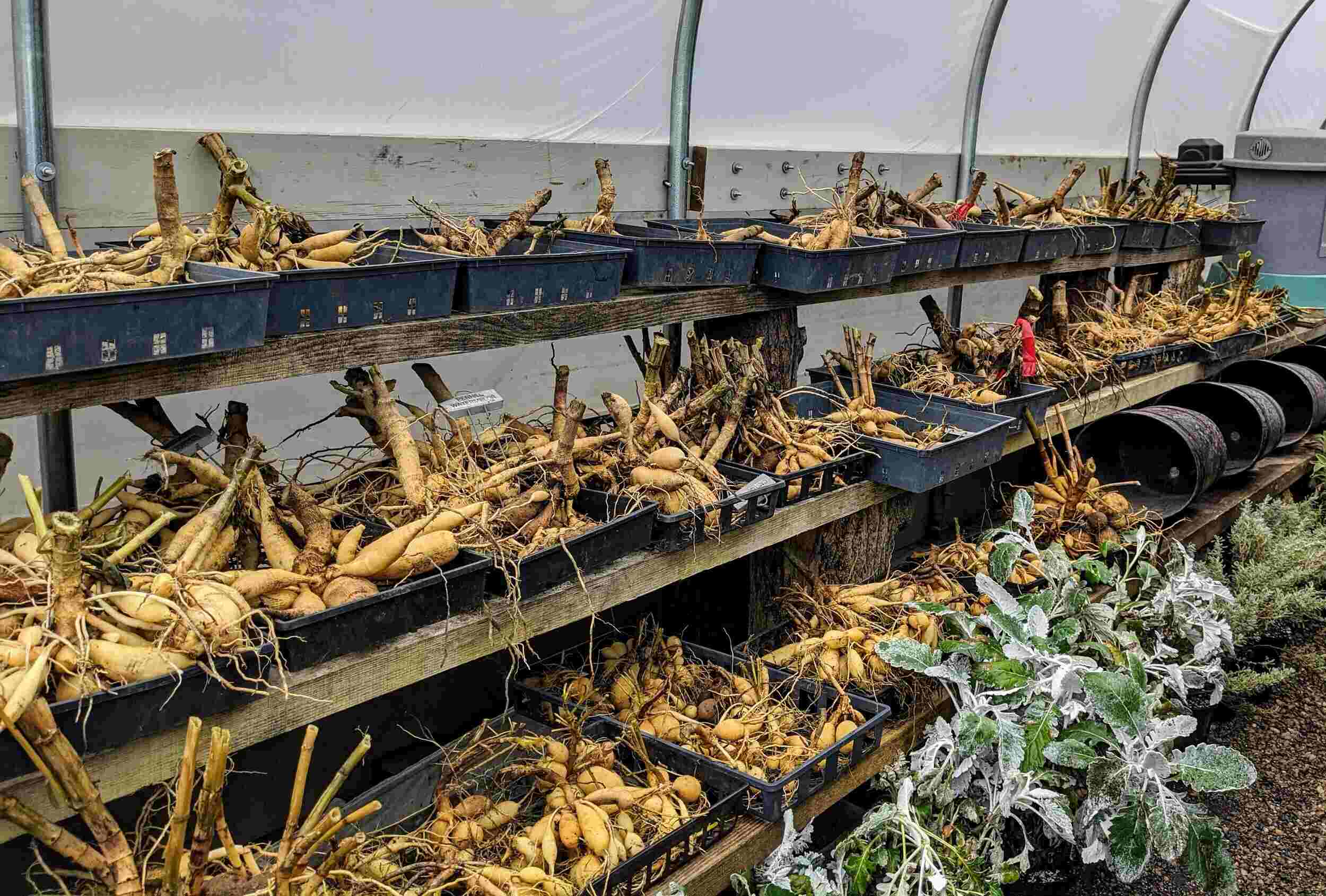

Articles
How To Store Dahlia Tubers Over Winter
Modified: December 7, 2023
Learn how to store dahlia tubers over winter with our informative articles. Preserve your dahlias for next season with our helpful tips and techniques.
(Many of the links in this article redirect to a specific reviewed product. Your purchase of these products through affiliate links helps to generate commission for Storables.com, at no extra cost. Learn more)
Introduction
Welcome to the world of dahlia gardening! Dahlias are beautiful flowering plants that add color and vibrancy to any garden. While they are known for their stunning blooms, many gardeners also appreciate the fact that dahlia tubers can be stored and reused for future seasons. Storing dahlia tubers over winter is essential for preserving the health of the plants and ensuring a flourishing display in the following year.
Knowing how to properly store dahlia tubers is crucial, as it can greatly impact the success of your garden. Improper storage can lead to rot, disease, and ultimately the loss of these precious plants. In this article, we will guide you through the process of storing dahlia tubers, providing valuable tips and insights to help you achieve optimal results.
Before we dive into the specifics of storing dahlia tubers, it is important to understand when is the right time to undertake this process. Dahlia tubers should be stored after the first frost has occurred, typically in late autumn or early winter. This timing allows the plants to naturally go into a dormant state, making them more resilient and better equipped for storage.
Once you have determined that it is the appropriate time to store your dahlia tubers, it is crucial to properly prepare them for storage. This involves a series of steps that ensure the tubers’ health and readiness for the months ahead. In the next section, we will discuss the necessary preparations for storing dahlia tubers.
Continue reading to learn the step-by-step instructions for preparing and storing dahlia tubers, along with important tips for maintaining their health until spring arrives.
Key Takeaways:
- Properly storing dahlia tubers over winter is crucial for a successful growing season. From timing to preparation and monitoring, attention to detail ensures vibrant blooms in the future.
- Choosing the right time, preparing, and monitoring stored dahlia tubers are key for a flourishing garden. Dedication to proper storage techniques leads to breathtaking blooms year after year.
Read more: How To Store Dahlia Tubers
Choosing the Right Time to Store Dahlia Tubers
Timing is crucial when it comes to storing dahlia tubers. It is important to wait until after the first frost has occurred before digging up the tubers for storage. The first frost acts as a signal for the dahlia plants to go into dormancy, making them more resilient and better suited for storage.
Typically, late autumn or early winter is the ideal time to start the process of storing dahlia tubers. By this time, the plants have finished flowering, and the foliage has started to turn yellow or brown. The tubers have fully matured and are ready for storage.
One way to determine if it’s the right time to store the tubers is to check the soil temperature. You can use a soil thermometer to measure the temperature of the ground. If the soil temperature consistently stays below 50°F (10°C), it is a good indication that it is time to dig up the tubers.
It’s important to remember that if you live in a region with mild winters, where the ground doesn’t freeze, you may need to adjust your storage timing accordingly. In such cases, you can wait until the foliage has completely died back, and the soil temperature has cooled down to a suitable level for storage.
By waiting for the right time to store dahlia tubers, you allow the plants to naturally transition into dormancy, which helps them survive the winter and regrow in the following spring. If you store the tubers too early or too late, there is a higher chance of damage or disease affecting the stored tubers, leading to reduced success in the next growing season.
Continue reading to learn how to properly prepare dahlia tubers for storage to ensure their health and vitality during the dormant period.
Preparing Dahlia Tubers for Storage
Before you store your dahlia tubers, it’s essential to properly prepare them. This preparation involves a few important steps that will help ensure the health and vitality of the tubers during their storage period. Follow these guidelines to prepare your dahlia tubers for storage:
- Digging up the tubers: Carefully dig up the dahlia plants, making sure to keep the tubers intact. Use a garden fork or shovel to gently lift the plants out of the ground, taking care to avoid damaging the tubers. Shake off any excess soil, but do not wash the tubers at this stage as moisture can promote rot.
- Inspecting and cleaning: Thoroughly inspect the tubers for any signs of damage, disease, or pests. Look for any soft spots, mold, or discoloration, as these can indicate rot or infection. If you notice any damaged or diseased tubers, discard them to prevent the spread of issues to the rest of the collection. Once inspected, gently remove any remaining soil or debris from the tubers with your hands or a soft brush.
- Drying: After cleaning, allow the tubers to air dry for approximately 1-2 days. Place them in a well-ventilated area, away from direct sunlight and moisture. Drying the tubers helps to prevent them from rotting during storage and reduces the risk of fungal or bacterial infections.
- Labeling: Before storing the tubers, it’s crucial to label them. Use waterproof markers or labels to mark the variety and color of each tuber. This will help you identify and organize the tubers more easily when it’s time to plant them again in the spring.
- Dividing larger tubers: If you have large dahlia tubers, you may consider dividing them before storage. Divide the tubers using a clean, sharp knife, making sure each division has an “eye” or bud. Dividing the tubers not only allows you to propagate more plants but also helps to prevent overcrowding and promotes healthier growth in the future.
By taking the time to properly prepare your dahlia tubers, you increase their chances of surviving the storage period and thriving when it’s time to plant them again. Once you have completed the preparation steps, you are ready to move on to the next stage: choosing the right storage containers.
Continue reading to learn about selecting the appropriate storage containers for your dahlia tubers and how to store them effectively.
Inspecting and Cleaning Dahlia Tubers
Inspecting and cleaning your dahlia tubers is an essential step before storing them. Taking the time to carefully examine each tuber and remove any dirt or debris will help ensure the health and longevity of the tubers during their storage period. Follow these guidelines to inspect and clean your dahlia tubers:
- Inspecting for damage and disease: Start by inspecting each tuber for any signs of damage or disease. Look for soft spots, mold, rot, or discoloration. These can be indicators of underlying issues that could affect the health of your tubers. If you notice any damaged or diseased tubers, it is recommended to discard them to prevent the spread of problems to the rest of your collection.
- Cleaning off excess soil: After inspecting the tubers, gently remove any excess soil or debris clinging to their surface. Using your hands, lightly brush off the soil or use a soft brush to clean the tubers. It’s important to be gentle during this process to avoid causing any unnecessary damage to the tubers.
- Washing the tubers (optional): Some gardeners prefer to wash their dahlia tubers with water to ensure they are completely free of soil. If you choose to do so, use a gentle spray of water to wash away any remaining dirt. However, be cautious not to apply excessive water or use high-pressure sprays, as this can damage the tubers or lead to excess moisture, which is detrimental during storage.
- Drying the tubers: After cleaning, it’s important to allow the tubers to dry thoroughly before storing them. This step is crucial to prevent the tubers from rotting or developing fungal or bacterial infections during storage. Place the cleaned tubers in a dry and well-ventilated area for approximately 1-2 days. Avoid direct sunlight or exposing them to excess moisture, as this can hinder the drying process.
Inspecting and cleaning your dahlia tubers ensures that you only store healthy tubers, minimizing the risk of disease or pests affecting your stored collection. By taking the time to carefully examine and clean each tuber, you are setting a solid foundation for successful storage and future growth.
Continue reading to learn about choosing the right storage containers for your dahlia tubers.
Drying Dahlia Tubers
Drying your dahlia tubers is a crucial step in the preparation process before storing them. Proper drying helps prevent rot, fungal or bacterial infections, and ensures the tubers remain in a healthy condition during the storage period. Follow these guidelines to effectively dry your dahlia tubers:
- Remove excess moisture: After cleaning the tubers, gently pat them with a clean cloth or paper towel to remove any excess moisture. Be careful not to rub or press too hard, as this can damage the tubers. Removing excess moisture reduces the risk of rot and fungal growth during the drying process.
- Air drying: Place the cleaned tubers in a well-ventilated area, away from direct sunlight and excessive humidity. This could be a wire mesh rack, a tray with good air circulation, or even a cardboard box with holes punched in it. Make sure the tubers are spread out and not touching each other to facilitate proper airflow.
- Temperature and humidity: Ideally, the drying area should have a temperature between 60-70°F (15-21°C) with a humidity level of around 50%. Avoid drying the tubers in extremely hot or cold temperatures or in areas with high humidity, as these conditions can promote mold or mildew growth.
- Leave them undisturbed: Allow the tubers to air dry for at least 1-2 weeks. During this time, resist the temptation to touch or disturb them. Turning or moving the tubers too frequently can disrupt the drying process and increase the risk of damage or infection.
- Check for dryness: After the drying period, check the tubers for dryness. They should feel firm and have hardened skin. If any tubers still feel moist or soft, leave them to dry for a few more days. It’s better to err on the side of caution and ensure the tubers are thoroughly dried before storage.
Properly drying dahlia tubers helps prolong their lifespan during storage. It reduces the chances of rot and disease, providing a clean and healthy tuber collection for the upcoming growing season. Taking the time to dry the tubers thoroughly is an important step in ensuring successful storage and vibrant growth in the future.
Continue reading to discover the importance of choosing the right storage containers for your dahlia tubers.
Read more: How To Store Dahlias For Winter
Choosing the Right Storage Containers
Choosing the right storage containers is vital for maintaining the health and integrity of your dahlia tubers during the winter months. The ideal containers will provide adequate protection from moisture, temperature fluctuations, and pests. Consider the following factors when selecting storage containers for your dahlia tubers:
- Material: Opt for containers made of breathable materials such as mesh bags, burlap sacks, or paper bags. These materials allow for proper airflow, preventing excess moisture buildup and reducing the risk of rot. Avoid using plastic bags or airtight containers, as they can create a humid environment that promotes mold or fungal growth.
- Size and shape: Choose containers that provide enough room for each tuber to be stored individually without touching each other. This helps prevent the spread of diseases and allows for better airflow. Rectangular or square containers are typically more space-efficient and easier to stack than round containers.
- Labeling: Ensure the containers you choose allow for easy labeling. You can use waterproof markers or labels to mark the variety, color, and any other relevant information on each container. Proper labeling will make it easier to identify and organize your tubers when it’s time to plant them again in the spring.
- Pest resistance: Consider using containers that offer some level of protection against pests. Mesh bags or containers with small holes can prevent rodents or insects from accessing and damaging your tubers. Keep in mind that while these containers can help deter pests, it’s still essential to store the tubers in a location where pests are less likely to be present.
- Stackability: If you have limited storage space, look for containers that can be easily stacked on top of each other. This will help save space and keep your storage area organized.
Remember, the goal of using the right storage containers is to provide a suitable environment for your dahlia tubers during their dormant period. Proper airflow, moisture control, and protection against pests are key considerations when selecting containers. By carefully choosing the containers, you are setting the stage for successful tuber storage and future gardening success.
Continue reading to learn how to store your dahlia tubers in the chosen containers and effectively monitor their condition during the storage period.
Store dahlia tubers in a cool, dry place for winter. After digging them up, let them dry for a few days, then remove excess soil and store in a paper bag or cardboard box filled with dry peat moss or vermiculite. Check periodically for rot.
Storing Dahlia Tubers in Containers
Once you have prepared your dahlia tubers and chosen the appropriate storage containers, it’s time to store them properly. Storing dahlia tubers in containers ensures they remain protected and dormant during the winter months. Follow these steps to store your dahlia tubers effectively:
- Fill the containers: Place a layer of clean, dry peat moss, vermiculite, or dry sand at the bottom of each container. This layer helps provide insulation and absorbs excess moisture. Gently arrange the tubers on top of the layer, making sure they are not touching each other. If you are storing multiple layers of tubers, separate them with another layer of the chosen material.
- Label the containers: Clearly label each container with the variety and color of the tubers inside. This will help you identify and locate specific tubers easily when it’s time to plant them again in the spring.
- Place in storage: Find a storage location that maintains a cool and consistent temperature between 40-50°F (4-10°C). Basements, garages, or root cellars are often suitable options. Avoid areas prone to extreme temperature fluctuations, direct sunlight, or excess moisture. Store the containers off the ground, on shelves, or on racks to ensure proper airflow.
- Monitor the storage conditions: Periodically check the storage area to ensure the temperature and humidity levels remain consistent. Too much moisture can lead to rot, while overly dry conditions can cause the tubers to shrivel. Aim for a slightly dry and cool environment to keep the tubers in a dormant state.
- Inspect the tubers during storage: Regularly inspect the stored tubers for any signs of rot, mold, or pest activity. If you find any damaged or diseased tubers, remove them immediately to prevent further issues. If necessary, adjust the storage conditions or remove any surrounding materials that may be causing problems.
By storing your dahlia tubers in containers and monitoring the storage conditions, you will give them the best chance of surviving the winter and flourishing in the upcoming gardening season. Good airflow, proper labeling, and regular inspections will help ensure a successful storage period.
Continue reading to discover how to check your stored dahlia tubers for signs of damage or disease.
Monitoring and Maintaining Stored Dahlia Tubers
Monitoring and maintaining your stored dahlia tubers is crucial to ensure their health and vitality during the dormant period. Regular checks and proper care can help prevent the spread of diseases, control pests, and ensure optimal conditions for the tubers. Follow these guidelines for effective monitoring and maintenance of stored dahlia tubers:
- Regular inspections: Periodically check your stored tubers for any signs of damage, rot, or disease. Gently examine each tuber for soft spots, mold, or discoloration. If you notice any issues, remove the affected tubers immediately to prevent further spread.
- Pest control: Keep an eye out for any signs of pests, such as rodents or insects, in the storage area. Set up traps or take appropriate measures to control and prevent pest infestations. Remember, a small pest problem can quickly escalate and cause significant damage to the stored tubers.
- Adjusting storage conditions: If you notice any issues during your inspections, such as excessive moisture or temperature fluctuations, take the necessary steps to adjust the storage conditions. This may involve relocating the containers to a more suitable area, providing additional ventilation, or adjusting the amount of insulation material.
- Avoiding exposure: During the monitoring process, try to minimize the exposure of the tubers to light. Light exposure can stimulate sprouting prematurely, leading to weak and leggy growth. Keep the containers covered or stored in a darkened area to maintain dormancy.
- Periodic ventilation: If you store your tubers in containers with lids or covers, it’s important to periodically ventilate them. Open the containers every few weeks for a short period to allow fresh air to circulate. This helps prevent the build-up of excess moisture and discourage fungal growth.
By regularly monitoring your stored dahlia tubers and taking the necessary maintenance measures, you can ensure their overall health and increase the chances of a successful growing season when it’s time to plant them again in the spring. Keep a close eye on the stored tubers to catch any problems early and make the appropriate adjustments to maintain their dormancy.
Continue reading to discover important tips for successful dahlia tuber storage.
Checking Stored Dahlia Tubers for Signs of Damage or Disease
Regularly checking your stored dahlia tubers for signs of damage or disease is crucial to maintain their health and ensure a successful growing season. By detecting and addressing any issues early on, you can prevent the spread of diseases and mitigate potential damage. Follow these guidelines for effectively checking your stored dahlia tubers:
- Inspecting the tubers: Take the time to carefully inspect each tuber for any visible signs of damage, rot, or disease. Look for soft spots, mold, discoloration, or any unusual growth on the tubers’ surface. If you notice any of these signs, gently remove the affected tubers from the storage containers.
- Squeeze test: Perform a squeeze test on the tubers to determine their health and viability. Gently squeeze the tubers between your thumb and forefinger. Healthy tubers should feel firm and have a slightly pliable consistency. If a tuber feels mushy or soft, it is likely damaged or rotting, and it should be discarded to prevent further issues.
- Check for pests: Look for any signs of pests, such as insects or rodents, while inspecting the tubers. Presence of chewed or gnawed tubers, droppings, or insect activity is an indication of pest infestation. If you discover any signs of pests, take appropriate measures to control and eliminate them.
- Mold control: If you encounter any mold or mildew on the tubers, it’s important to address it promptly. Gently brush off the mold or wipe the affected area with a cloth dampened with a mild fungicide solution. Ensure that the tubers are thoroughly dry before returning them to the storage containers.
- Isolate affected tubers: If you come across any tubers with significant damage or signs of disease, it’s best to isolate them from the rest. This prevents the spread of pathogens or pests to the healthy tubers during storage. Discard the damaged tubers properly to prevent contamination.
Regularly checking your stored dahlia tubers for damage, disease, and pests helps maintain the overall health of your collection. By conducting thorough inspections and taking necessary actions, you can ensure that only healthy tubers are kept for the upcoming planting season. Investing time in monitoring and addressing issues will increase the chances of successful growth and vibrant blooms in the future.
Continue reading for essential tips to ensure successful dahlia tuber storage.
Read more: How To Store Dahlia Bulbs For The Winter
Tips for Successful Dahlia Tubers Storage
Proper storage of dahlia tubers is essential for ensuring their health and vitality during the dormant period. By following these tips, you can optimize the conditions for successful dahlia tuber storage:
- Choose quality tubers: Start with healthy tubers obtained from reputable sources. Healthy tubers are more likely to withstand the storage period and produce vigorous growth in the next growing season.
- Timing is key: Wait until after the first frost to dig up and store your dahlia tubers. This signals the plants to go into dormancy, preparing them for storage.
- Thoroughly clean the tubers: Inspect each tuber for signs of damage or disease and clean any soil or debris from their surface. This helps prevent the spread of issues and improves the tubers’ overall health during storage.
- Ensure proper drying: Allow the tubers to air dry completely before placing them in storage containers. Proper drying reduces the risk of rot and fungal infections. Avoid washing the tubers unless absolutely necessary.
- Choose suitable storage containers: Opt for breathable containers, such as mesh bags or paper bags, that provide airflow and prevent excess moisture buildup. Label each container for easy identification.
- Store in a cool and consistent environment: Find a storage location with a temperature between 40-50°F (4-10°C). Avoid areas prone to extreme temperature fluctuations, direct sunlight, or high humidity.
- Regularly monitor the storage conditions: Check the storage area periodically to ensure the temperature and humidity levels remain consistent. Make necessary adjustments if needed.
- Inspect and remove any damaged tubers: Regularly inspect the stored tubers for signs of damage, rot, or pests. Remove any affected tubers to prevent further issues.
- Maintain proper ventilation: If storing tubers in lidded containers, periodically open them to allow fresh air to circulate. This helps reduce the risk of excessive moisture and mold growth.
- Check periodically during storage: Throughout the storage period, inspect the tubers for any changes or issues. Taking proactive measures early on can help maintain the overall health of the stored tubers.
By following these tips, you will optimize the storage conditions for your dahlia tubers, increasing their chances of surviving the winter and producing vibrant blooms in the next gardening season. With proper care and attention, your stored tubers will be ready to impress and delight you when it’s time to plant them again in the spring.
Remember, every effort you put into storing your dahlia tubers correctly will be rewarded with a beautiful and bountiful display of flowers in the future.
Conclusion
Properly storing dahlia tubers over the winter is essential for preserving their health and ensuring a successful growing season in the future. By following the guidelines and tips provided in this article, you can optimize the storage conditions for your dahlia tubers and increase their chances of thriving when spring arrives.
Choosing the right time to store your dahlia tubers, preparing them for storage, and selecting suitable storage containers are crucial steps in the process. Inspecting and cleaning the tubers, drying them thoroughly, and labeling the containers help maintain their health and organization during the storage period.
Storing the tubers in a cool and consistent environment, monitoring the storage conditions, and regularly checking for signs of damage or disease are important practices to ensure the tubers remain in a dormant state and avoid potential issues. Proper ventilation and pest control also play a significant role in protecting your stored tubers.
By taking the necessary steps and following the tips provided, you are set to successfully store your dahlia tubers and enjoy a magnificent display of vibrant flowers once spring arrives. Remember to regularly inspect, adjust when needed, and maintain optimal conditions throughout the storage period.
With your dedication and commitment to proper storage techniques, your dahlia tubers will reward you with breathtaking blooms and a flourishing garden year after year. So, invest the time and effort into storing your dahlia tubers correctly, and get ready to witness the beauty and joy they bring to your garden!
Frequently Asked Questions about How To Store Dahlia Tubers Over Winter
Was this page helpful?
At Storables.com, we guarantee accurate and reliable information. Our content, validated by Expert Board Contributors, is crafted following stringent Editorial Policies. We're committed to providing you with well-researched, expert-backed insights for all your informational needs.

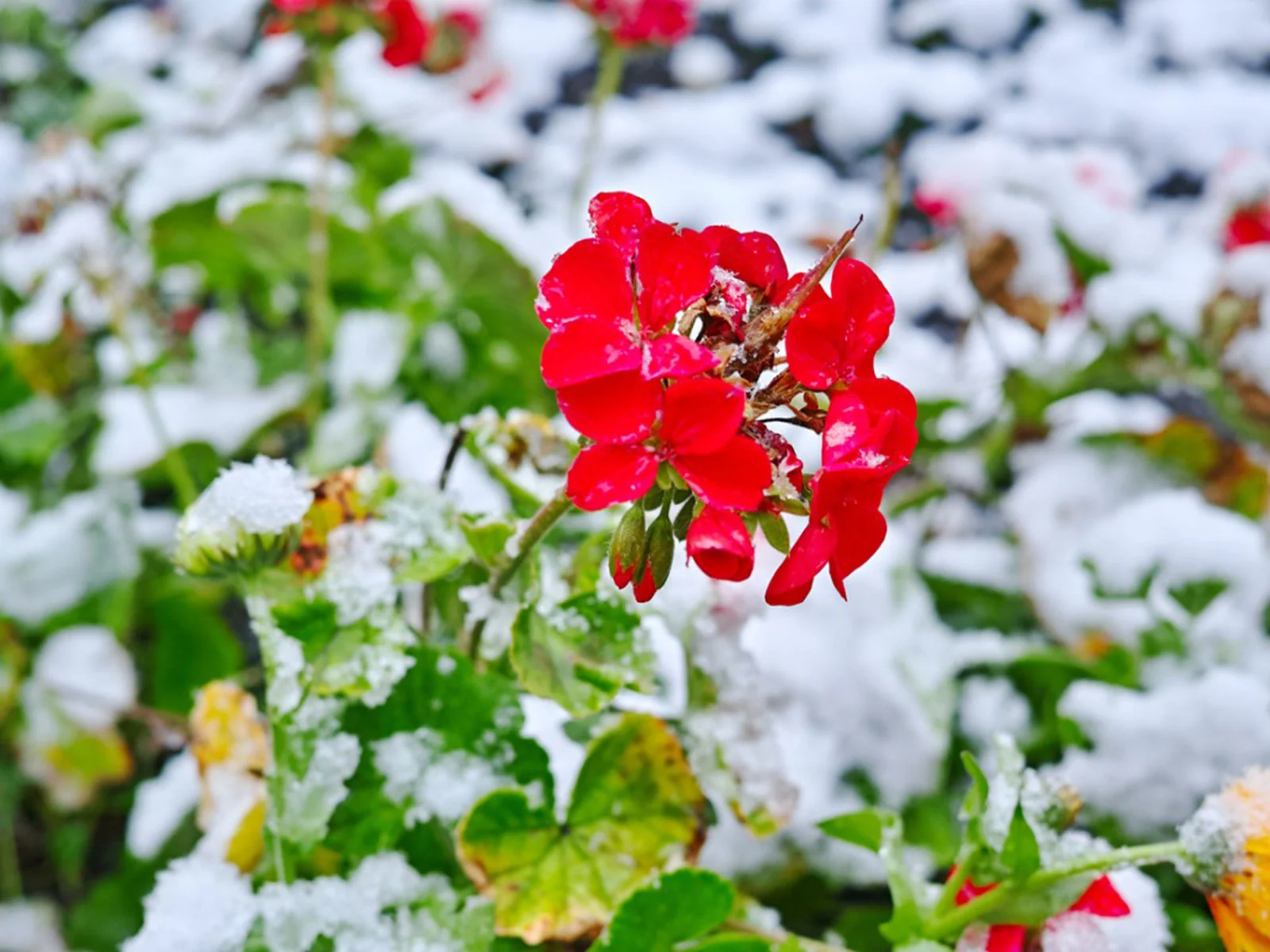
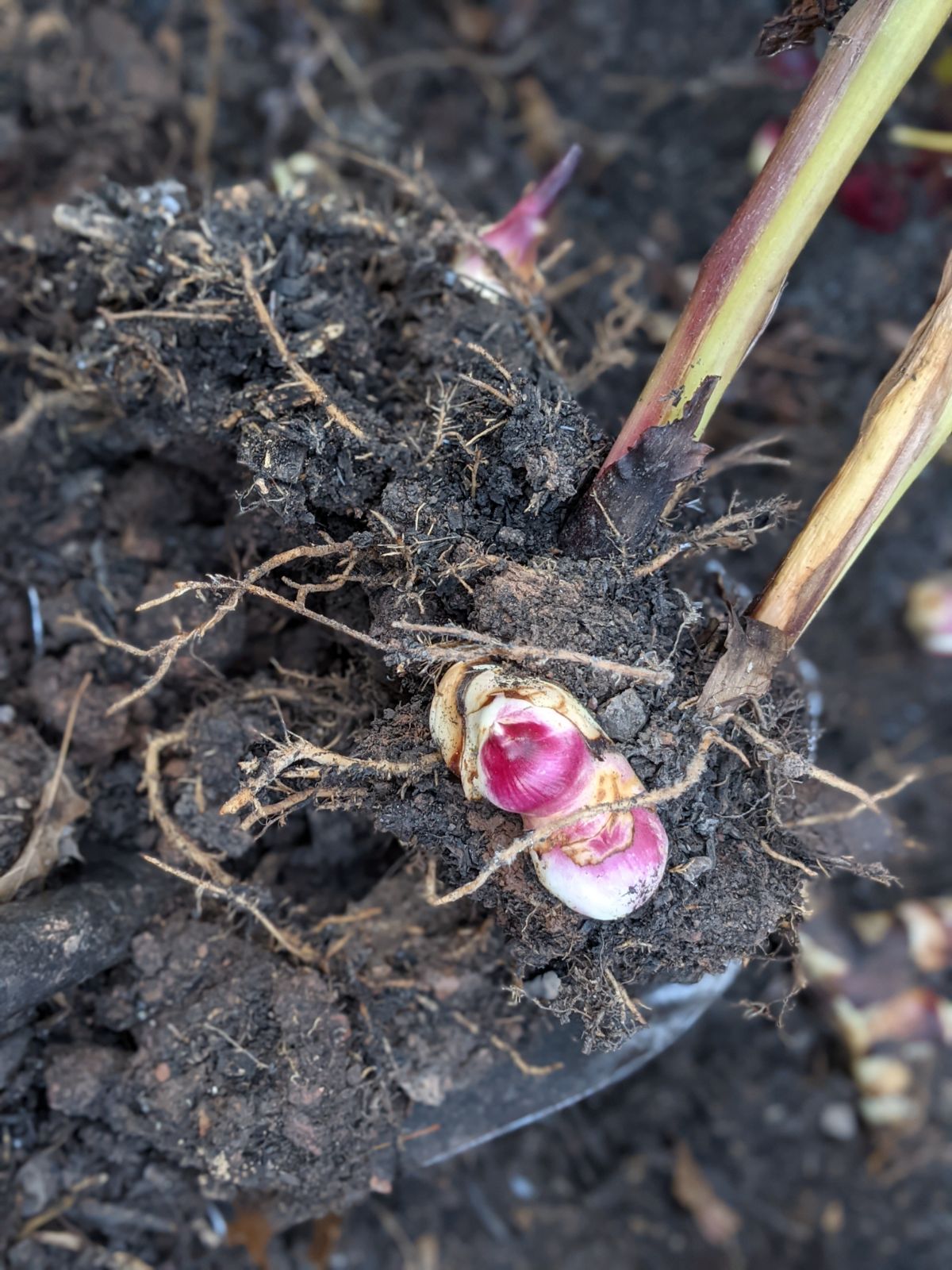
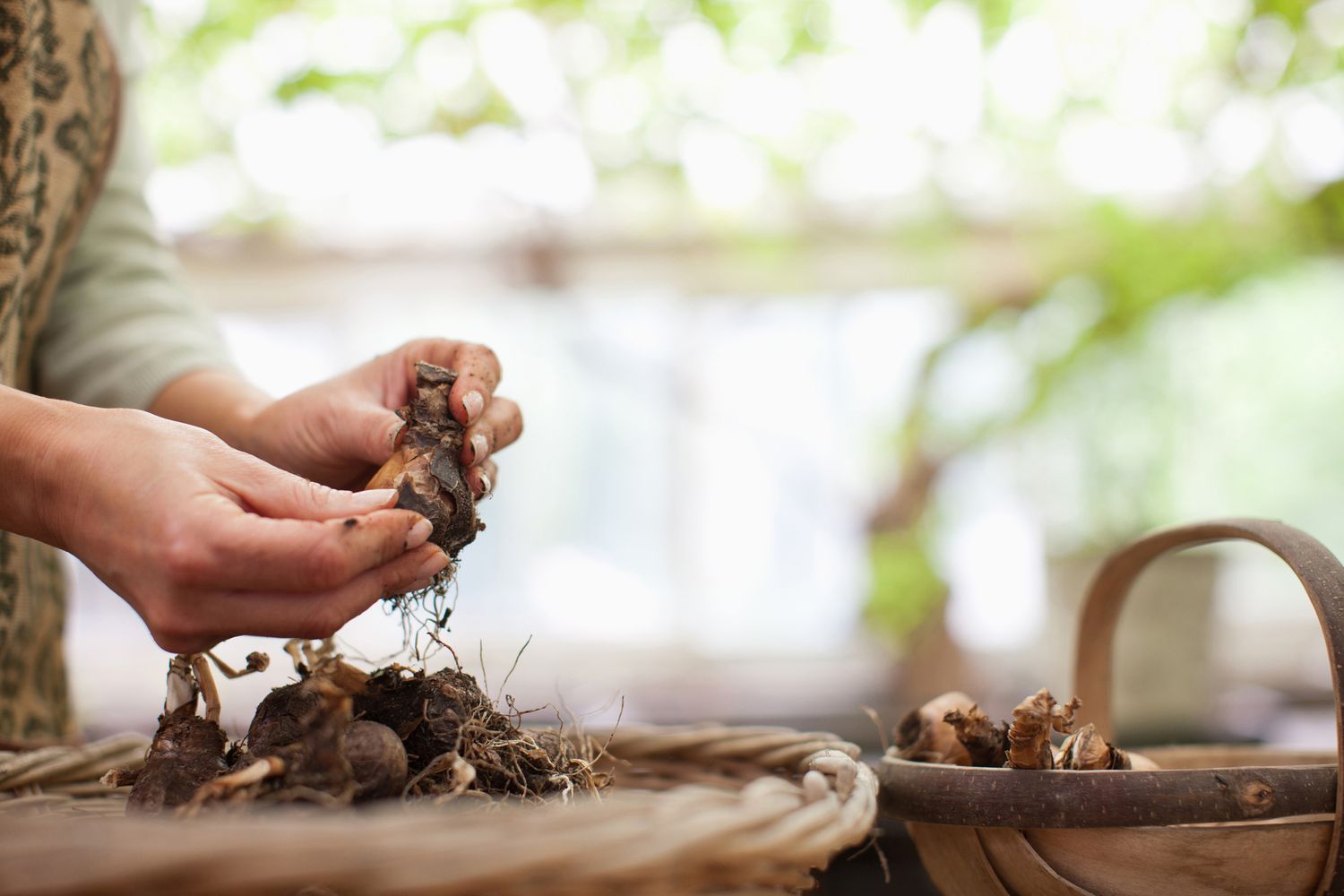
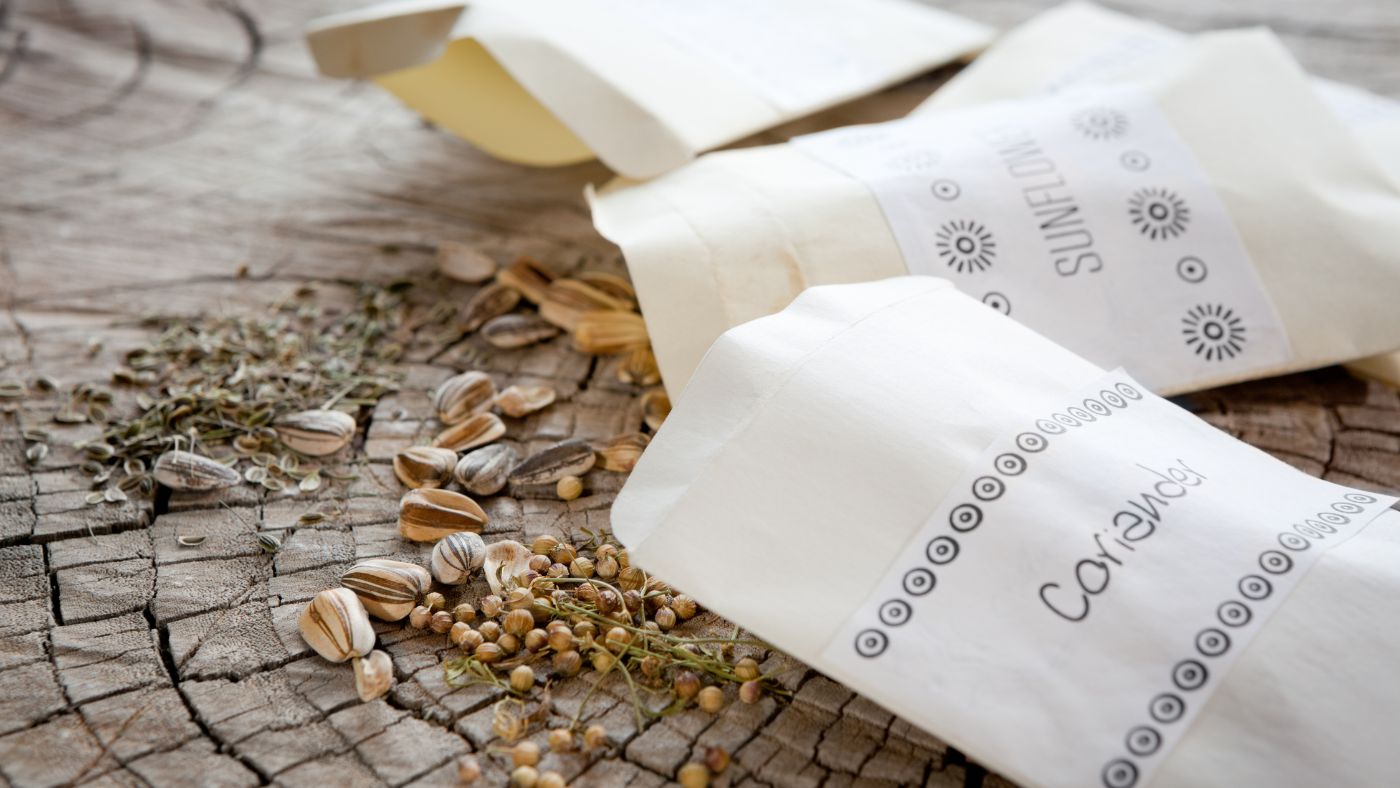

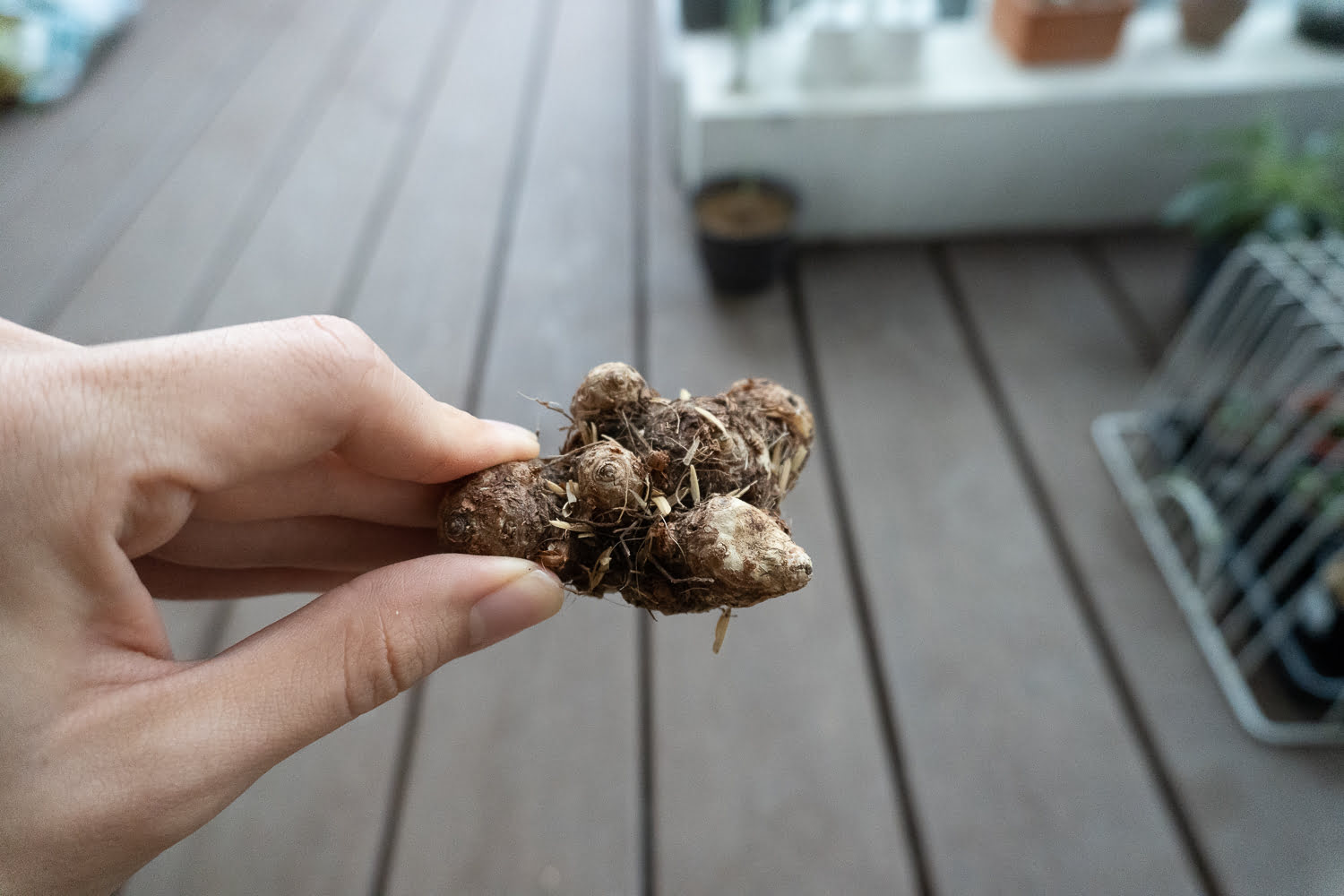
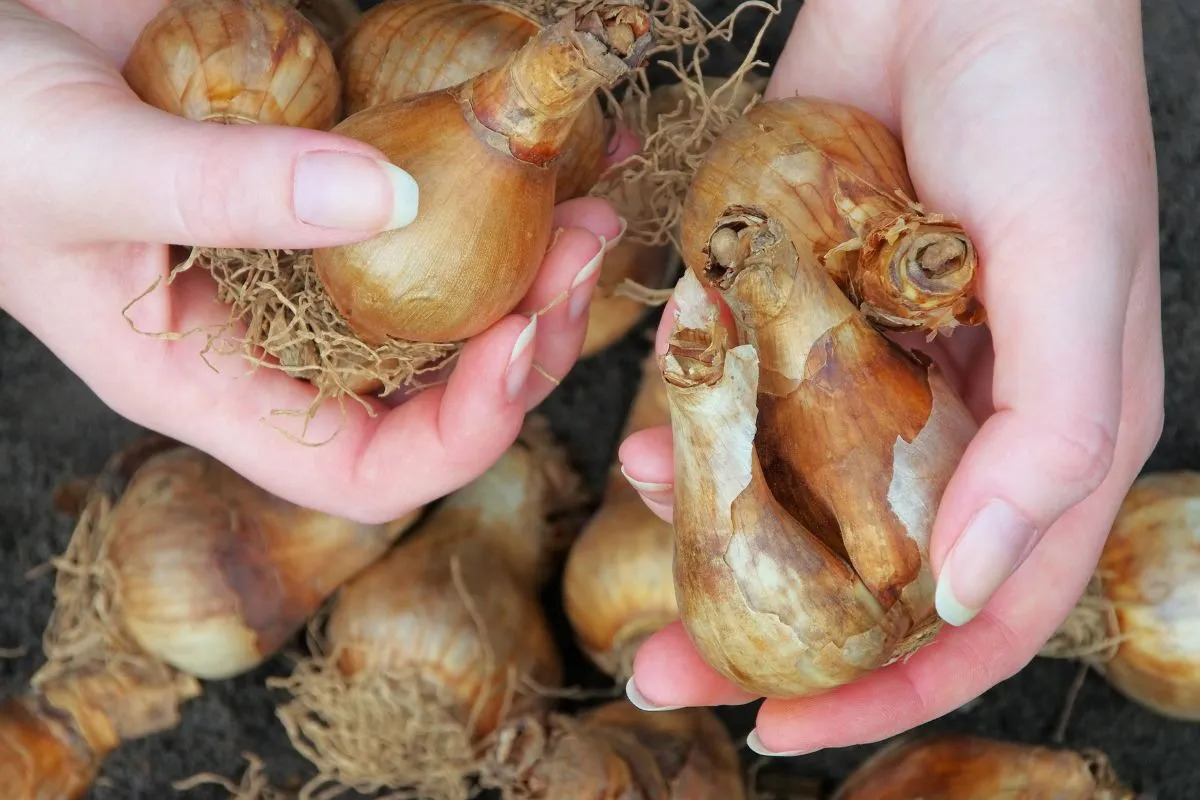
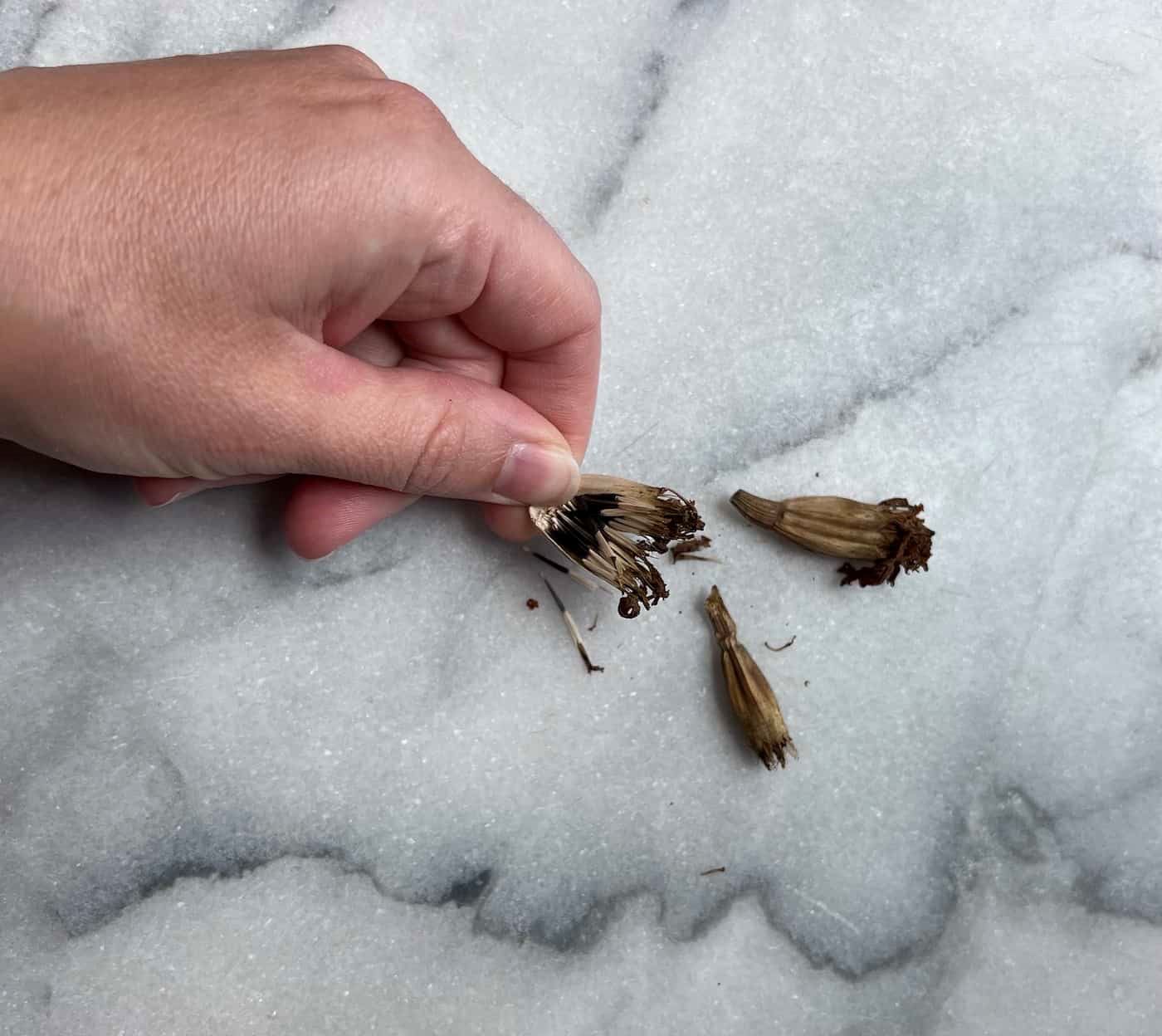
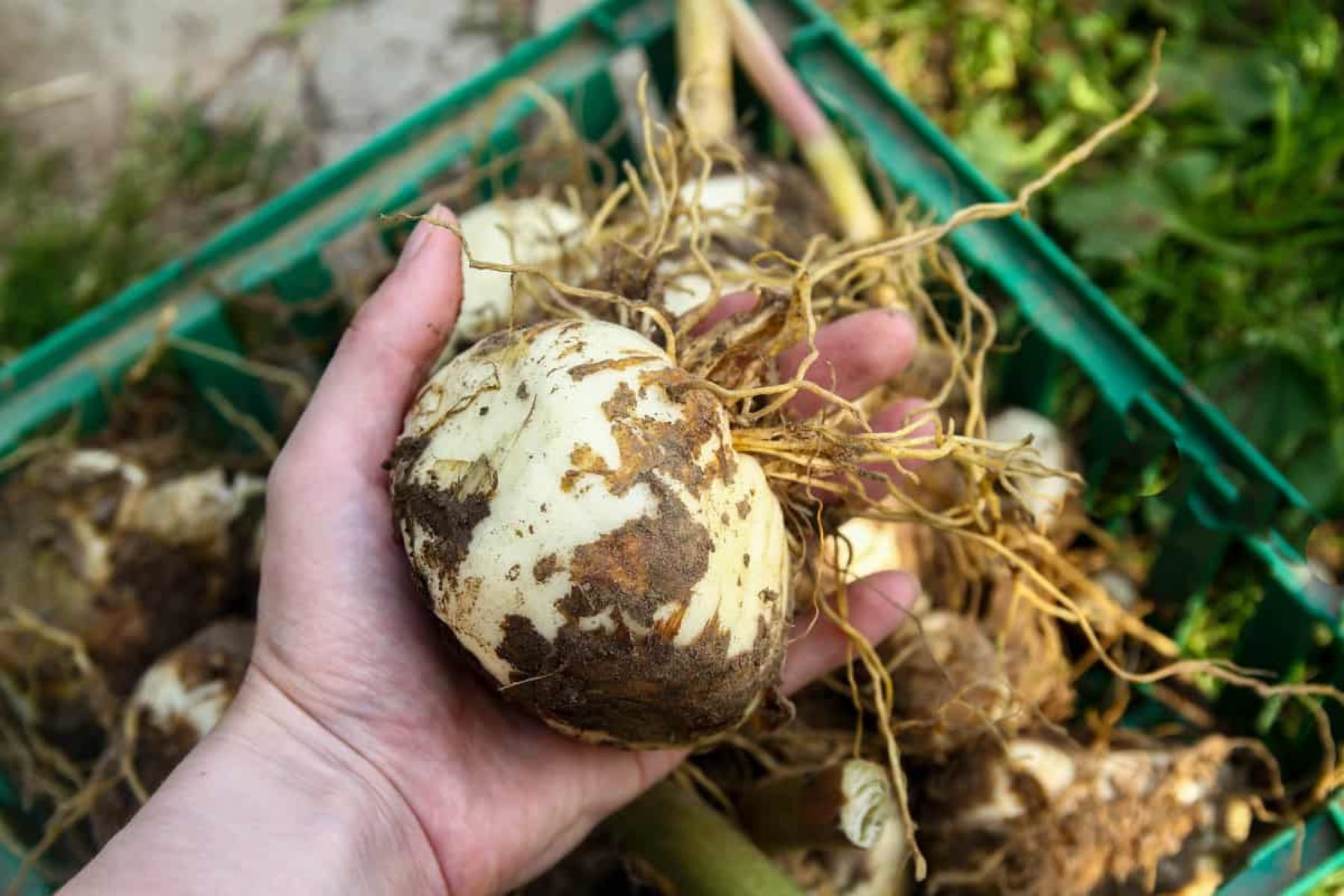
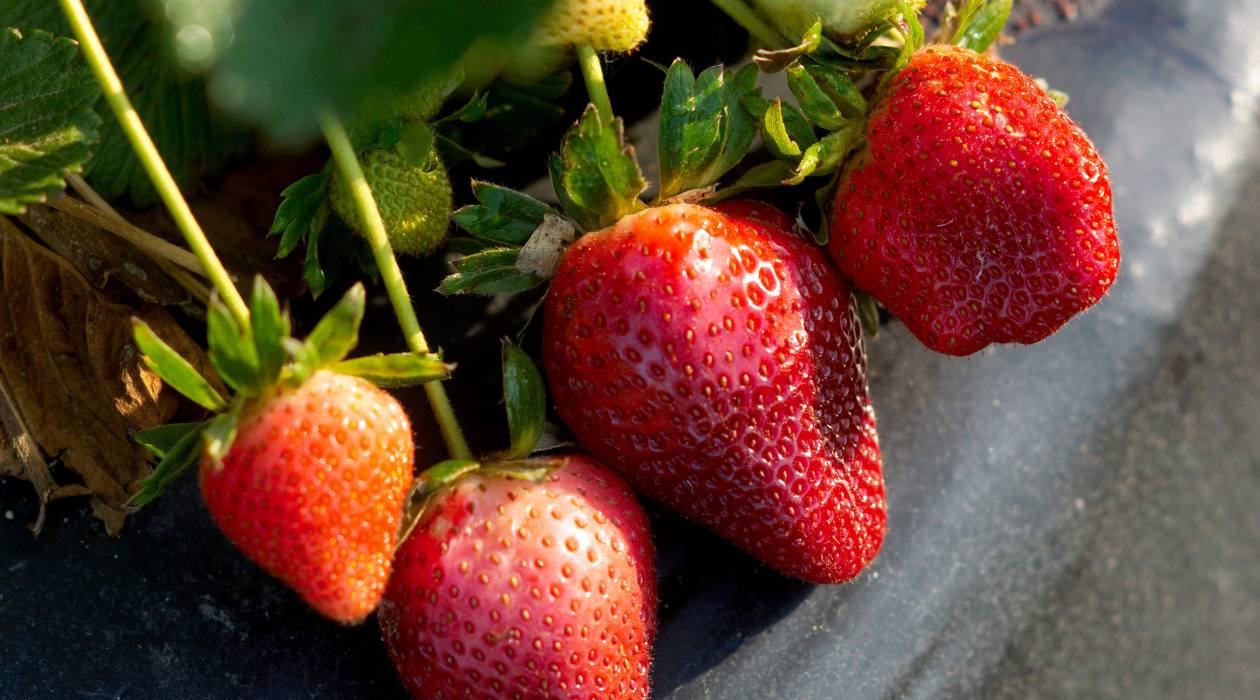
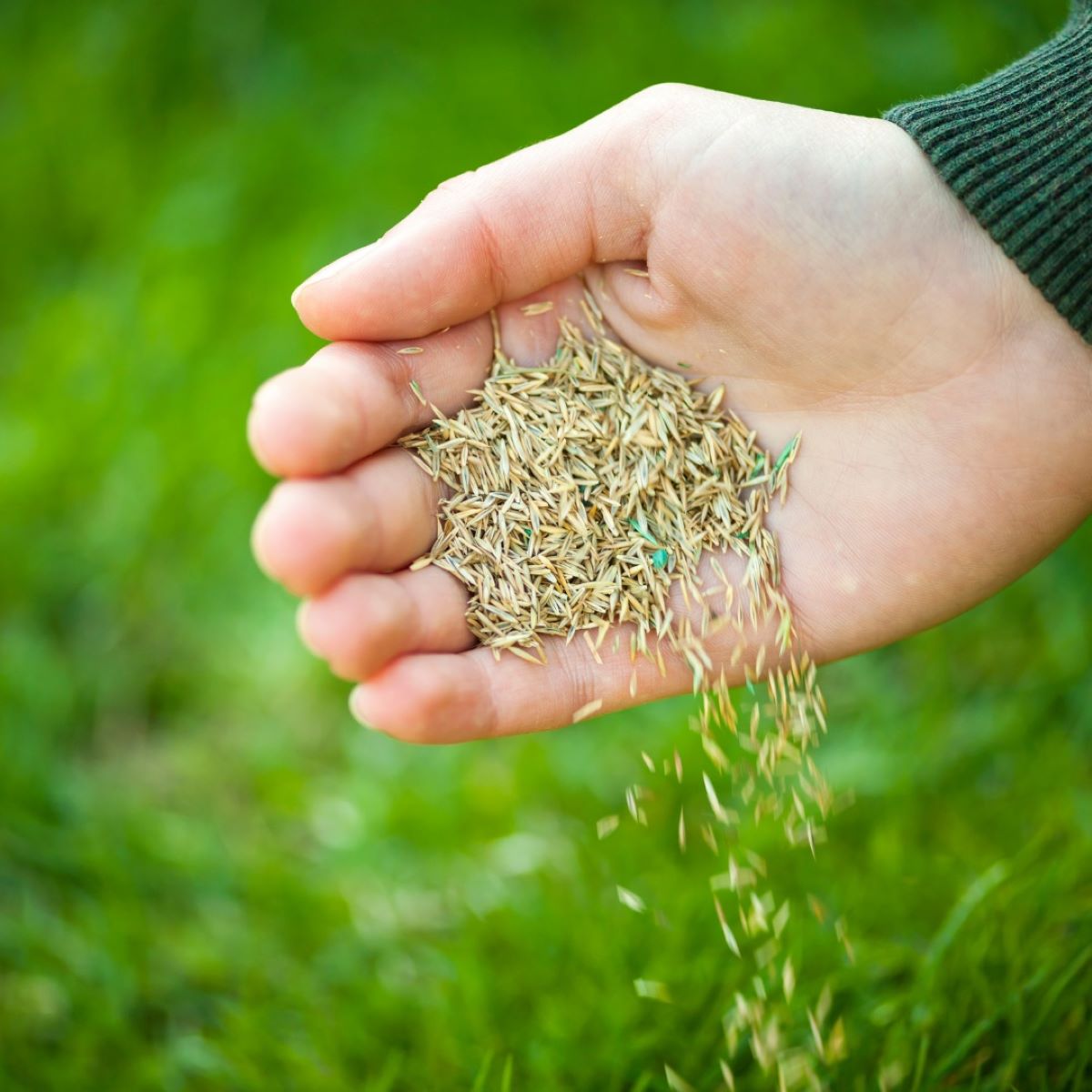
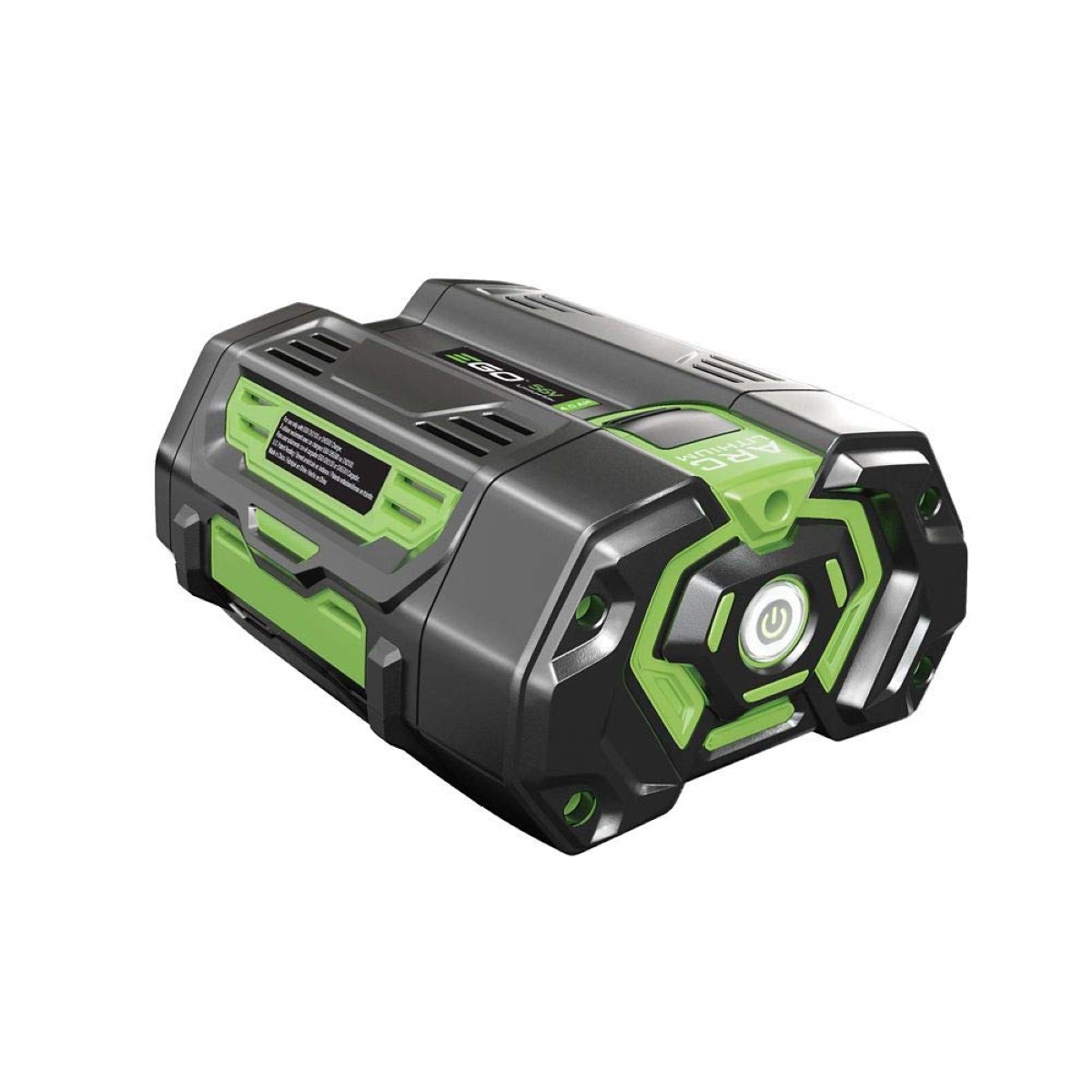

0 thoughts on “How To Store Dahlia Tubers Over Winter”